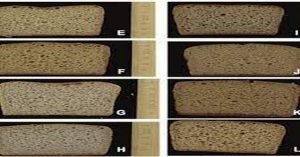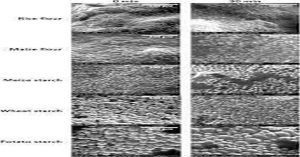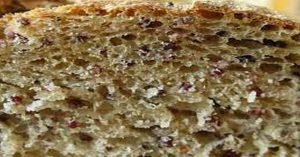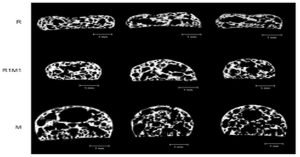Research and development role in Food

Research and development role in Food
Nowadays there is a valuable role for research to push back the frontiers of science and this is a task for the academic community. These will lead to the development of future materials and processes and some will result in new
technologies.
Other forms of R&D help to better understand, often well-known, observations from our daily life, for example, why do our processes work better on some occasions than others?
The development of new materials, products, processes, and equipment is the lifeblood of many industries; without this, we will stagnate. More R&D can be undertaken to protect the health of the consumer and this is often the area of concern of national governments.
So R&D represents a diverse range of activities from gene mapping and nanotechnology to process changes and product development. Within this, the academic community, research organizations, and industry all have valuable roles to play.

During the past years, a large number of scientific studies had been published outlining a direct association between unbalanced diets and rising incidences of chronic health-related issues, including cardiovascular disease, diabetes, and obesity.
This international debate has launched a rapidly rising, increasing investment in industry for research in products with nutritionally value-added ingredients that promote health and wellness.
Mostly, the innovations in bread, bakery and pastry were designed aiming at more healthful products by including more whole grains, fiber, prebiotics, probiotics, or antioxidant ingredients.
Consumers now have an increasing interest in food that promotes and maintains energy, enhances satiety, or makes consumers feel full after eating.
This demand gives the bakery industry added opportunities to develop products containing new functional ingredients compliant with these requirements.

Here are some examples of research studies applied:
– the use of enzymes in baked products – shows ingredient functionality and their role in final product quality. The addition of a maltogenic a/p/za-amylase has been added to bread and cake systems and shown to retard the staling of bread.
The action of the enzyme is to modify the starch present by limited hydrolysis of the starch chains.
This reduces the extent of recrystallization of the starch, a property related to firms. Baking studies showed improvements in cake volume and softening of the crumb that gave benefits over 14 days
of storage at 20°C
– understanding the effects of processing through non-invasive measurement of product changes during proving and baking; significant changes in the structure of bread and cakes occur during proving and baking.
These are difficult to study due to the nature of the product and the process environments, therefore X-ray computed tomography was used to study the internal structures during processing to provide high-quality images in which individual bubbles are visible.
Processes seen in dough and bread include the effects of proving and molding, oven spring, the formation of the break between the top and side crusts, and the formation of the crust. Figure 37. Gluten-free bread with different recipes studied by X-ray microtomography.

– development of objective measurement techniques for baked foods and texture measurement. The texture is an important sensory aspect of many baked goods that affect consumer acceptance and repeat sales.
A number of techniques are available to instrumentally measure texture – some studies show that the optimal method of measurement differs for different baked goods and the interpretation of the data is critical to correlating sensory and instrumental techniques.
